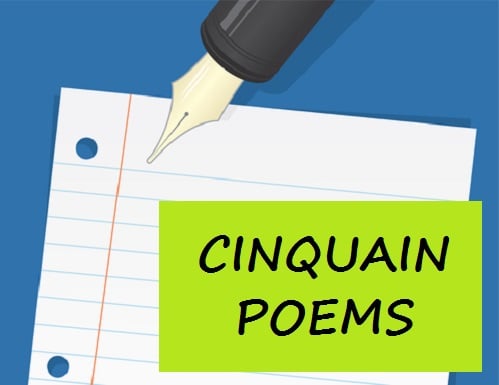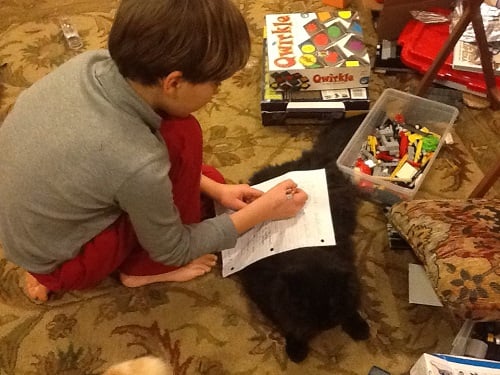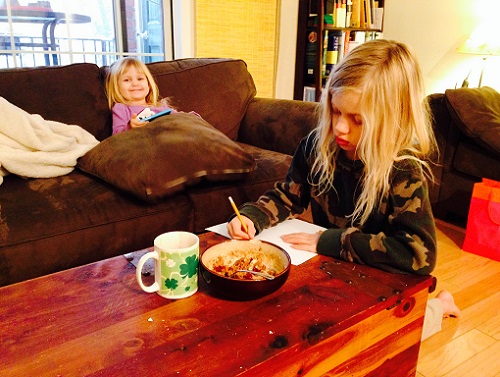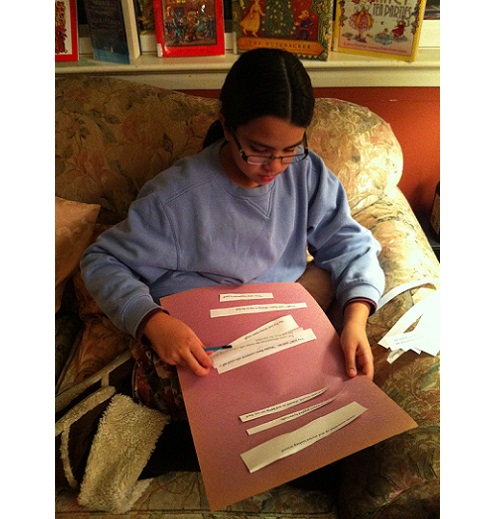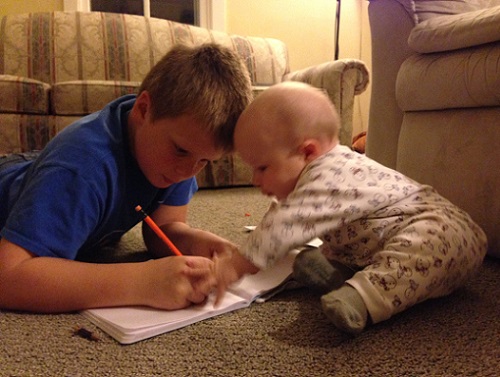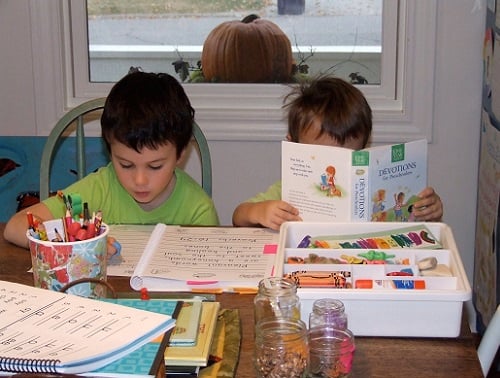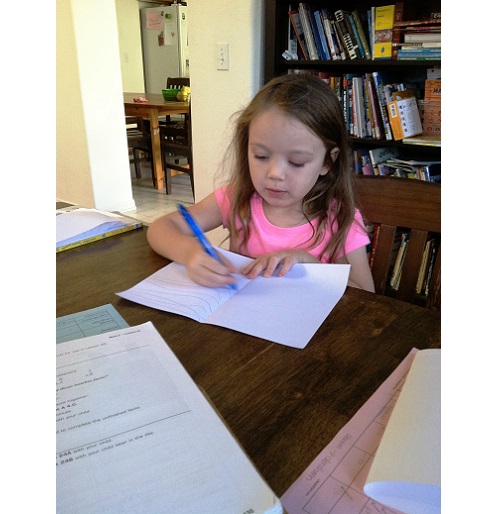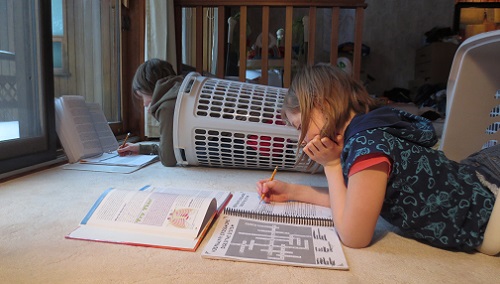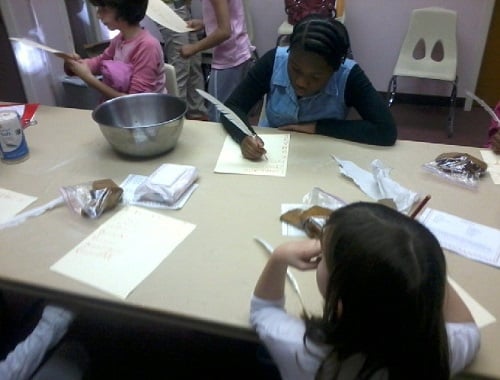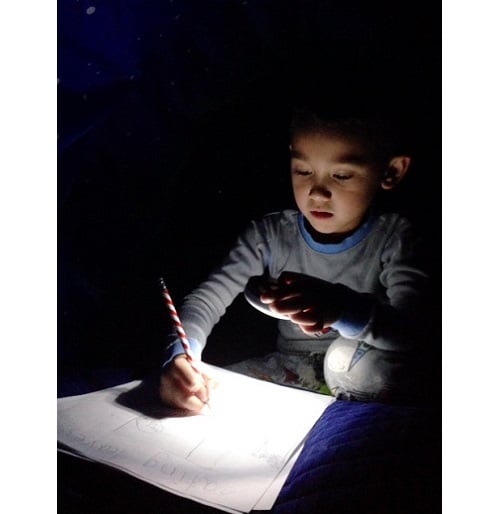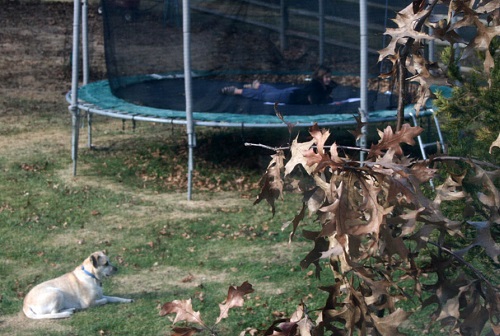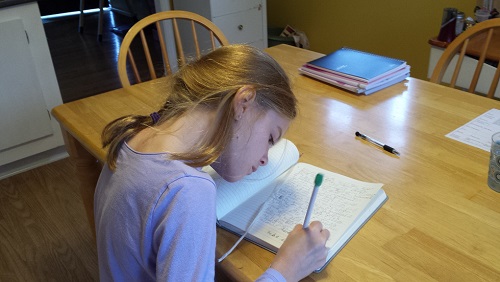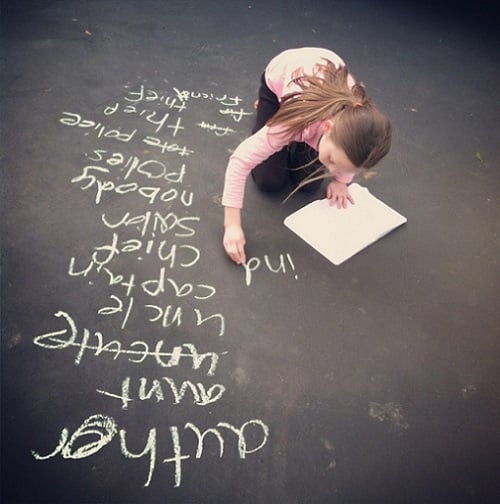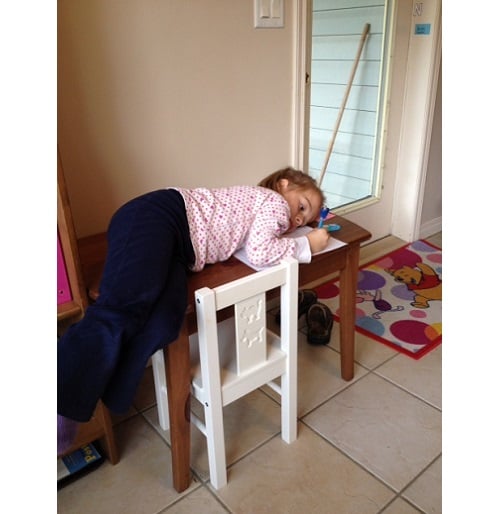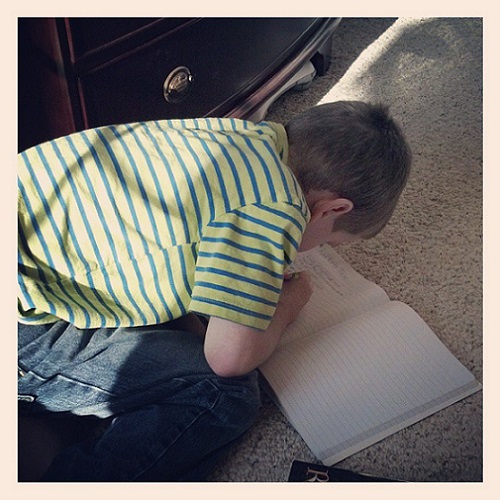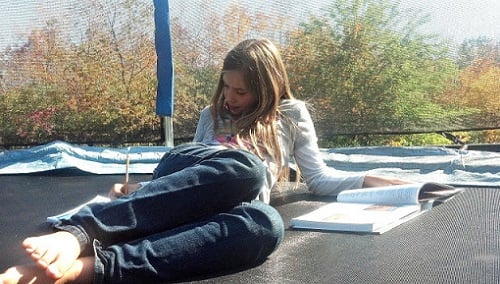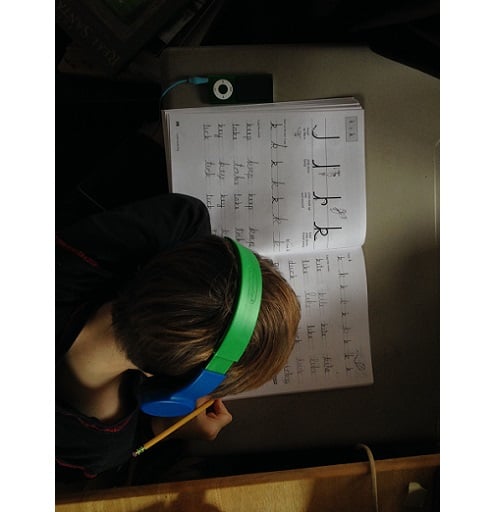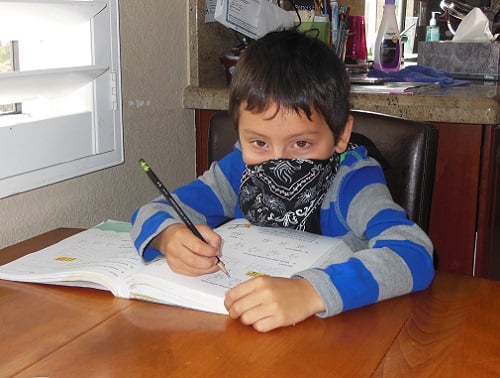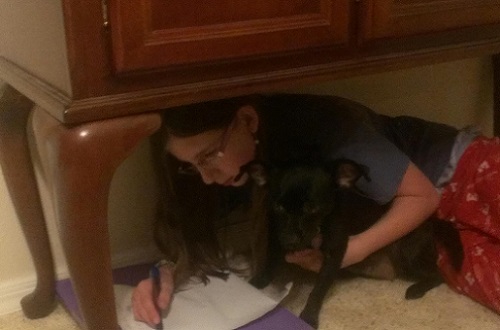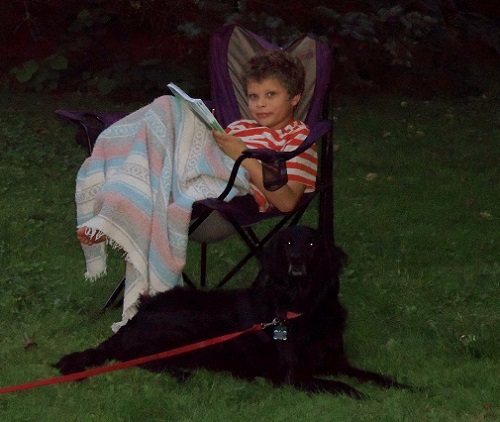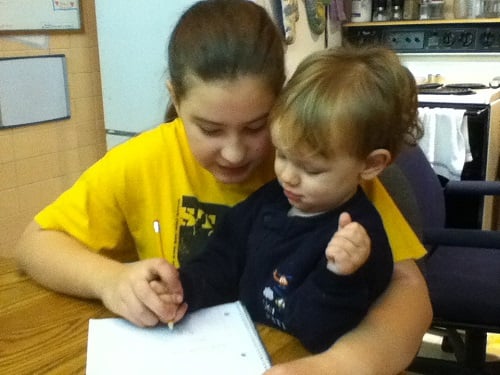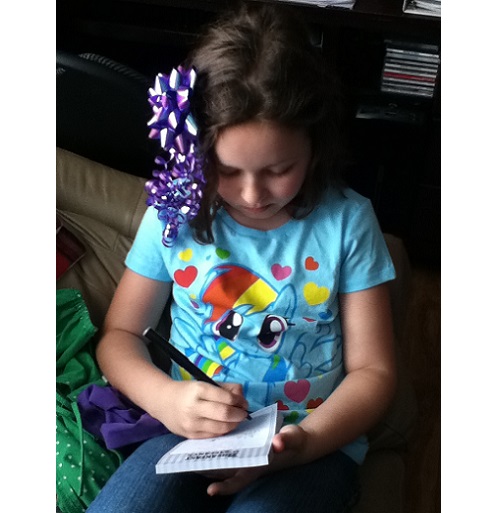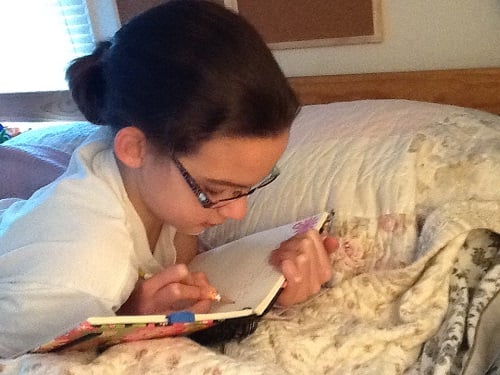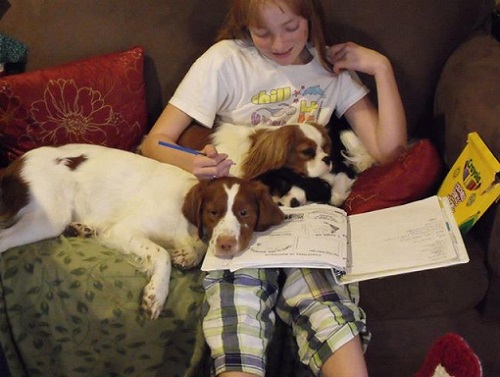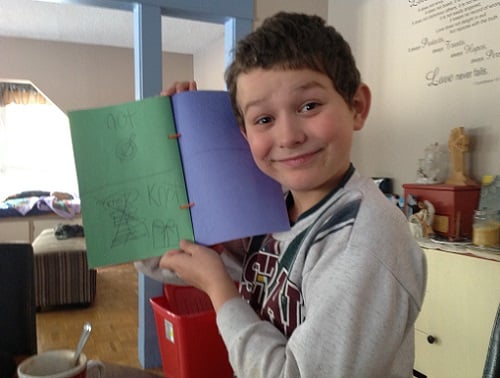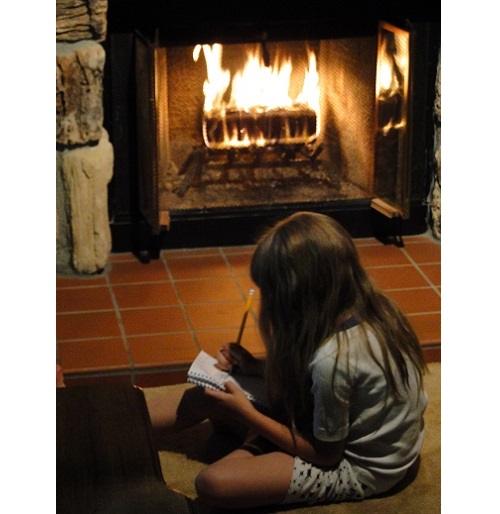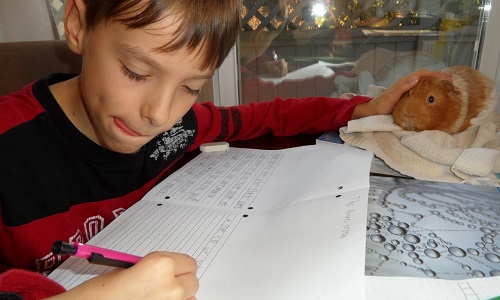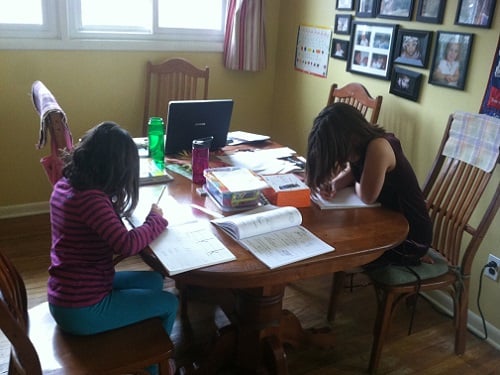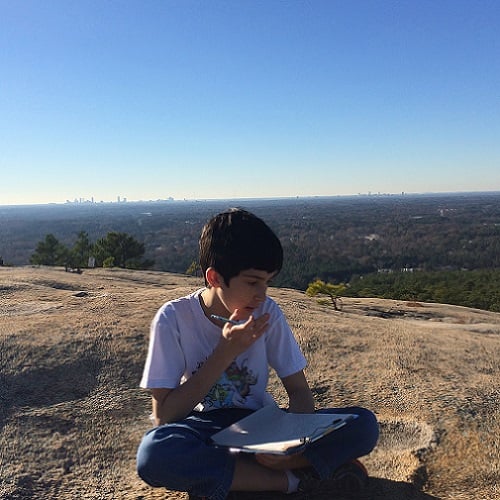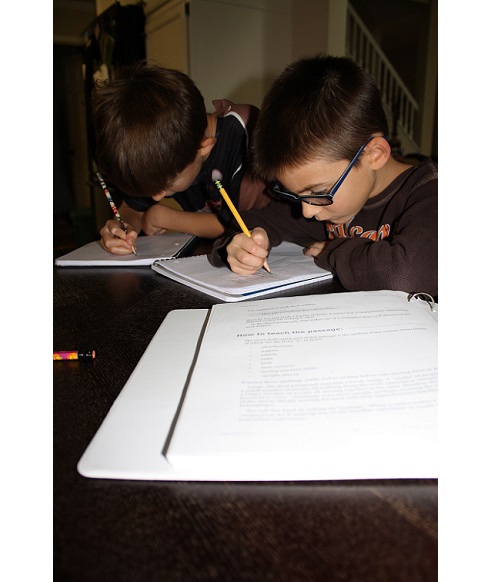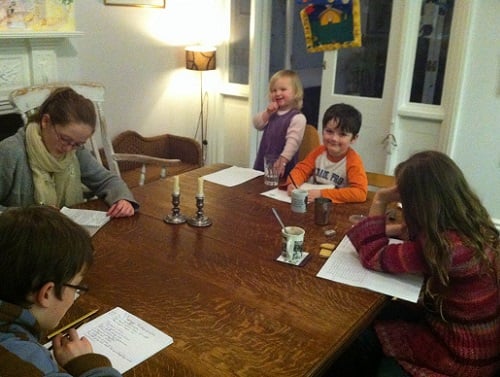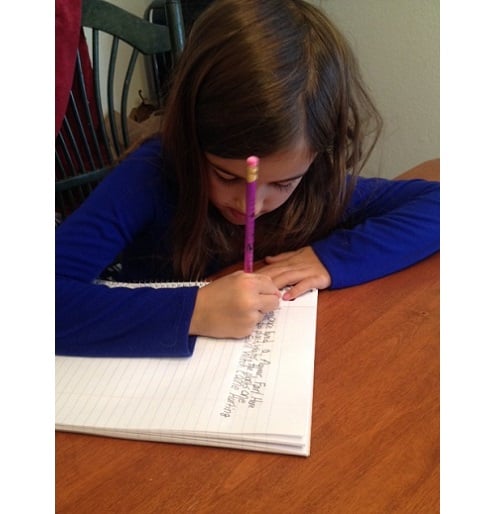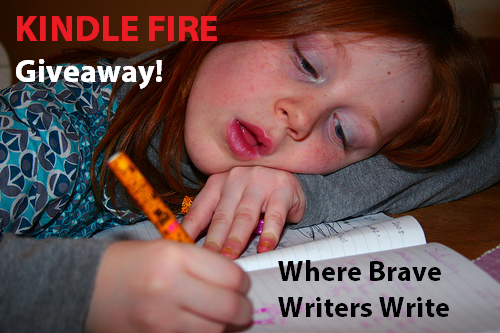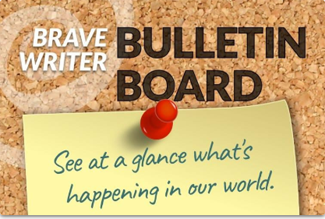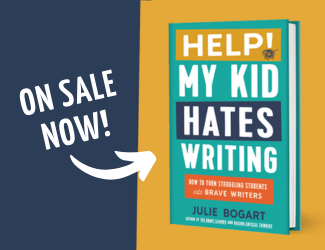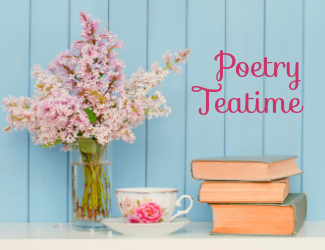 April is National Poetry Month! In celebration we’ll be sharing about CINQUAIN POEMS today, but first we want to tell you about the awesome drawing and poetry contest created by Preschool Powol Packets!
April is National Poetry Month! In celebration we’ll be sharing about CINQUAIN POEMS today, but first we want to tell you about the awesome drawing and poetry contest created by Preschool Powol Packets!
During April, co-hosting blogs (like ours!) will post about poetry. Comment on these posts to be entered in a DRAWING for a POETRY PRIZE. An additional entry is available for following host blogs on Facebook (for instance, if you follow Brave Writer, comment here so the entry can be counted).
Kids Poetry Contest!
There’s also a cool Poetry Contest for kids! Children can enter one or two original poems (30 lines or shorter) in one of the following age categories: 4-6, 7-9, 10-12. Entries will be accepted any time during the month of April via a form at Preschool Powol Packets. Poems will be judged on creativity, originality, style, and language. Judging may be subjective and all decisions are final. This year’s contest will be judged by the lovely Becky at This Reading Mama. More info at Preschool Powol Packets.
The following comes from a Playing With Poetry online class
taught by our very own Susanne Barrett.
A Cinquain is a five-lined poem (hence the name!) and is a favorite poetic form for many kids because, as one of our students pointed out, “they are easy and fun to write and they don’t require a whole lot of words!” They also reinforce some basic grammatical parts of speech.
Format for Writing a Cinquain:
Line 1: One word (a noun, the subject of the poem)
Line 2: Two words (adjectives that describe the subject in line 1)
Line 3: Three words (-ing action verbs–participles–that relate to the subject in line 1)
Line 4: Four words (a phrase or sentence that relates feelings about the subject in line 1)
Line 5: One word (a synonym for the subject in line 1 or a word that sums it up)
Alternative Line 5 for older poets: Five words (a phrase or sentence that further relates feelings about the subject in line 1)
Sometimes each line is centered to create a diamond or tree-like shape.
Here’s a Cinquain off the top of my head:
Poetry
Clever, crafty
Writing, composing, describing
Best words, best order
Verse
For older and/or more practiced students, the precise syllables for the cinquain should be observed, following the directions above for relating to the subject of the poem in the first line:
Line 1: two syllables
Line 2: four syllables
Line 3: six syllables
Line 4: eight syllables
Line 5: two syllables (alternative line: ten syllables)
Students may capitalize all the words, none of the words, the first words of each line, or just certain words. And each poem may be capitalized differently, depending on its subject matter, diction (word choice), etc. Just see which way feels the best to you for each poem. Also, slight variations of syllables are okay.
Here’s another Cinquain poem by Dawn Slanker:
Dog
Loyal, Brave
Loving, Playing, Guarding
Best friend of man
Pet
If your kids write a Cinquain poem, they can submit it to the 2014 Children’s Poetry Celebration & Contest.
The Sponsors


